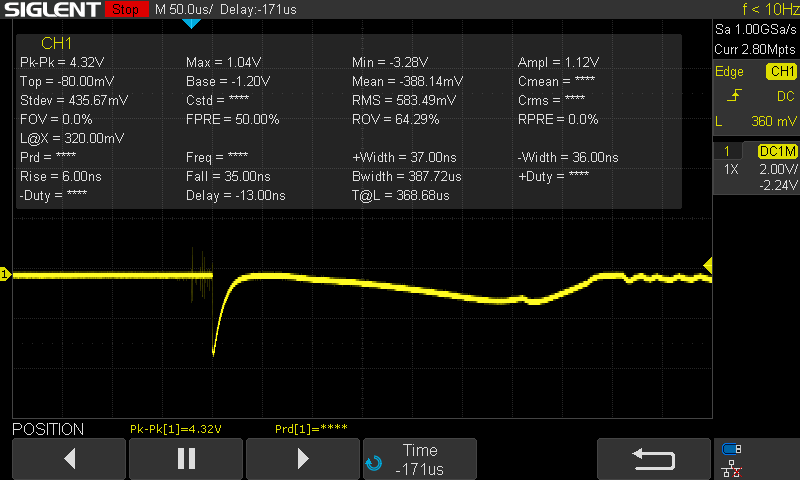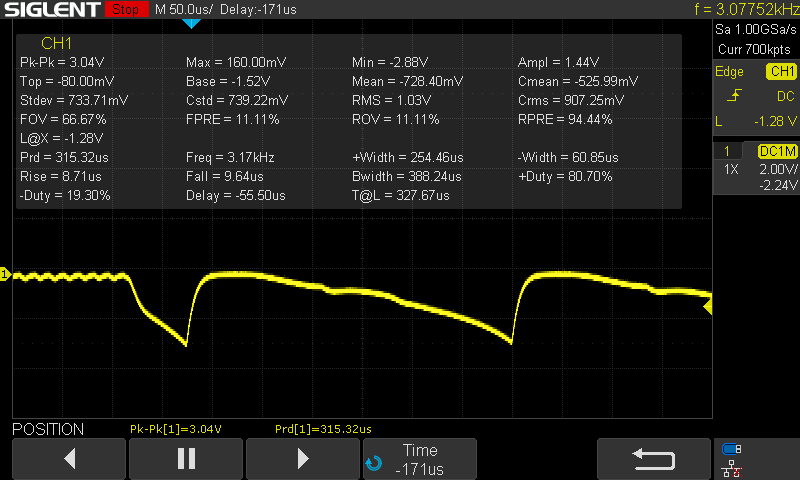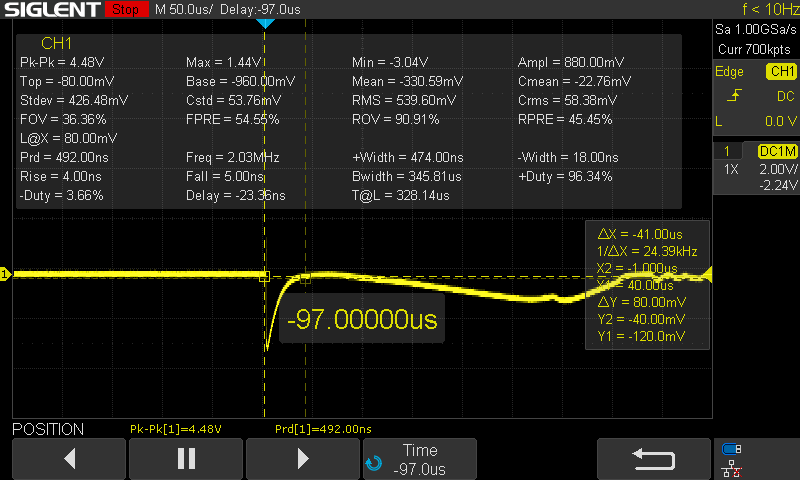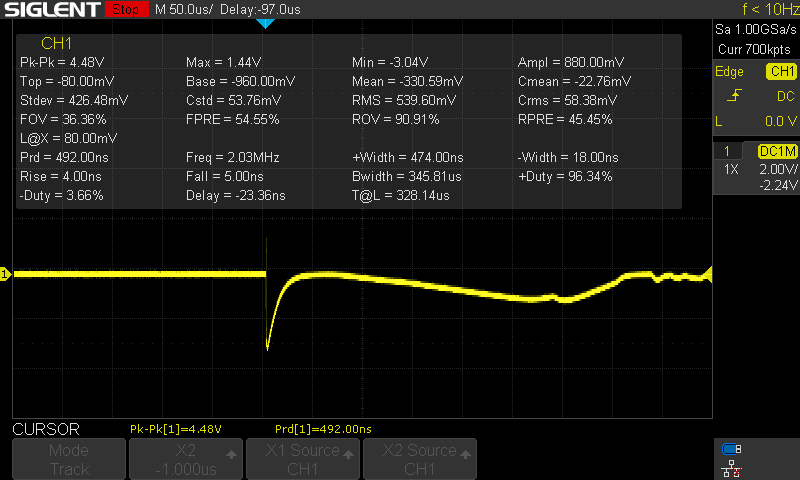Other Parts Discussed in Thread: LMC555, CSD16301Q2
Hi,
I have bought the BQ29700EVM-610 dev board for developing a battery protection circuit. The battery I will be using later on is a 3.8v LiHV (4.35v fully charged). I plan to replace it with a BQ29702 most likely.
My main issue is that, when I connect a new battery, I must briefly pull up TP4 (DOUT) to battery Cell+ (TP1) to enable the output.
Is there a way of going about not needing to enable the output when a new battery is inserted?
One idea was to implement a LMC555 timer in one shot mode to enable to protection protection IC when a new cell is plugged in,it would paulse the output to trigger on and the safety features would still function like normal, the output would disable if any fault would occur as usual.
Same circuit as shown on page 2:
http://www.ti.com/lit/ug/sluuaz3/sluuaz3.pdf
http://www.ti.com/lit/ds/symlink/bq2970.pdf
Any suggestion to have the output enable automatically when a new cell is plugged in?





